Invasive plants are defined as plants from other continents, countries or even other regions of Canada. Humans have been introducing foreign plants to new lands since the 17th century, for horticultural, agricultural or medicinal purposes. Due to a lack of natural competitors they can often propagate swiftly and completely alter or destroy natural ecosystems.
What are considered native plants are those that have not had human interference, so they have had to adapt to their environment overtime. Such plants are more likely to need very little maintenance, and are less likely to overrun other plant species with which they will cohabitate on your property.
Advantages of landscaping with native species:
Having adapted to their environment (soil, climate, etc.), they do not require irrigation, chemical fertilizers or pesticides and grow easily in poor soil. They are also more resistant to diseases and pest attacks;
- Naturally pair with native wildlife (they provide shelter and cover for birds and insects);
- They create migratory corridors for urban wildlife by linking green spaces with each other (some plants may be sought by visiting species of birds and butterflies);
- Local plants improve biodiversity and create a local seed pool;
- They are less likely to consume large swaths of land allowing no other plants to thrive.
Disadvantages:
- You are more limited in plant selection;
- Some species do have special requirements (soil type, pH, hardiness zone, etc.).
In general, indigenous plants minimize water demand and reduce the production of chemical fertilisers. To find native plants by region and category you can google ‘indigenous plants’ and your region, but we have also found this native plant database to be an excellent resource that is broken down by province as well as types of plants.
Now that you know more about how to protect against invasive species when landscaping, learn more about gardening and green yards in the Ecohome Building Guide and these pages here:
Find out about the benefits of a free Ecohome Network Membership here. |

















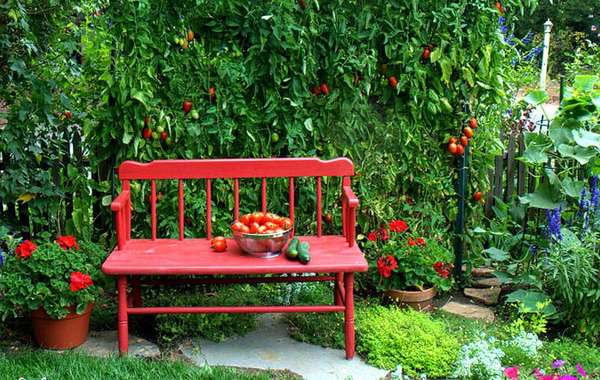

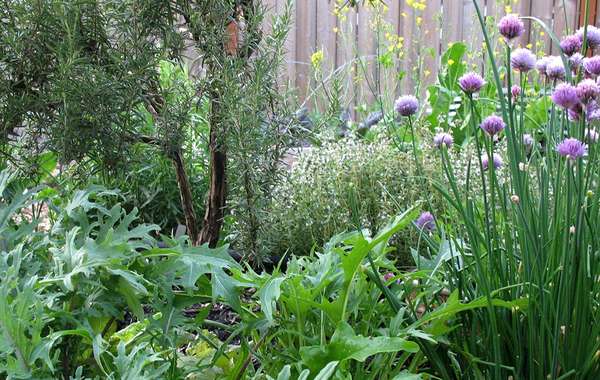
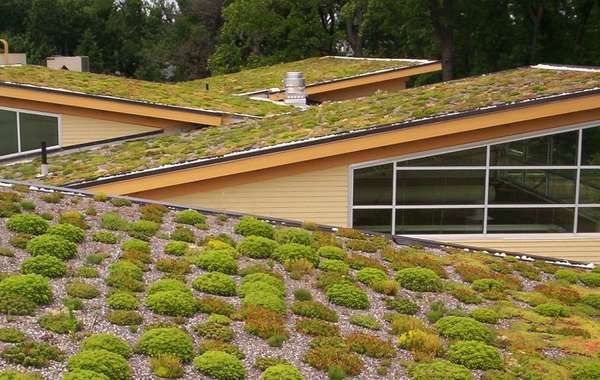

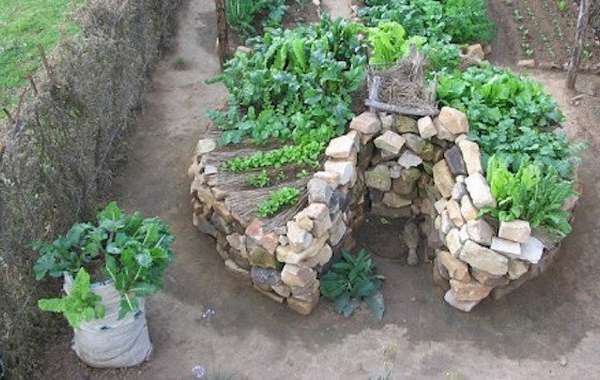

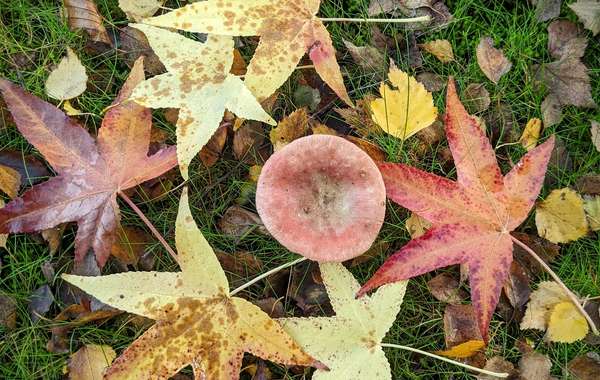

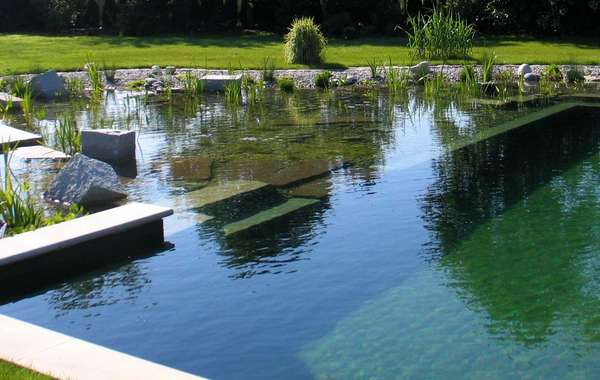
Another good source for native plants is www.plants.usda.gov The usda website has a wealth of info there.
Much appreciated Bob, I've hyperlinked it to make it easier for readers.